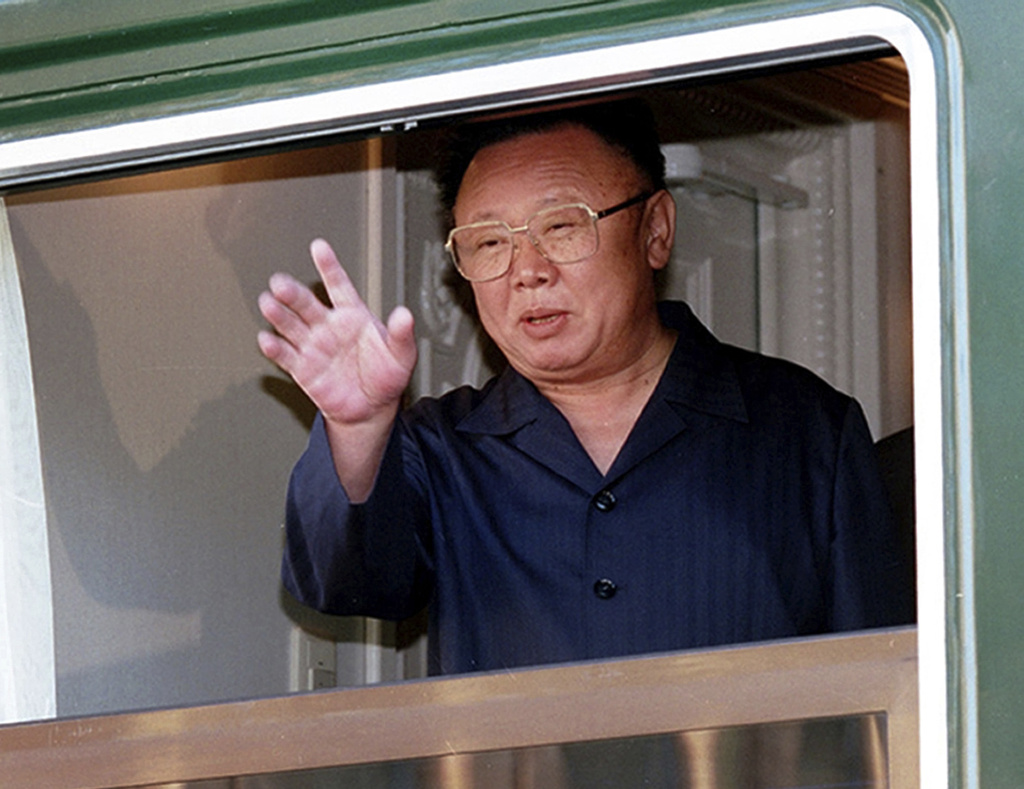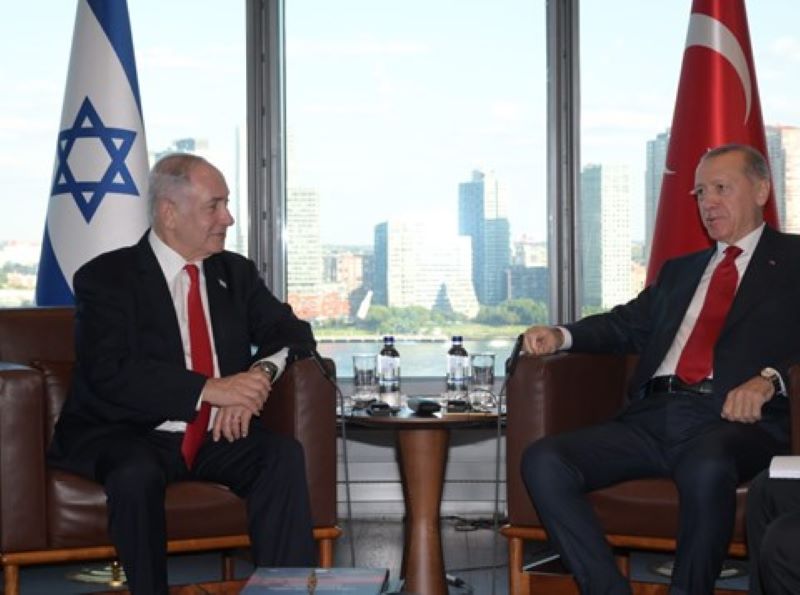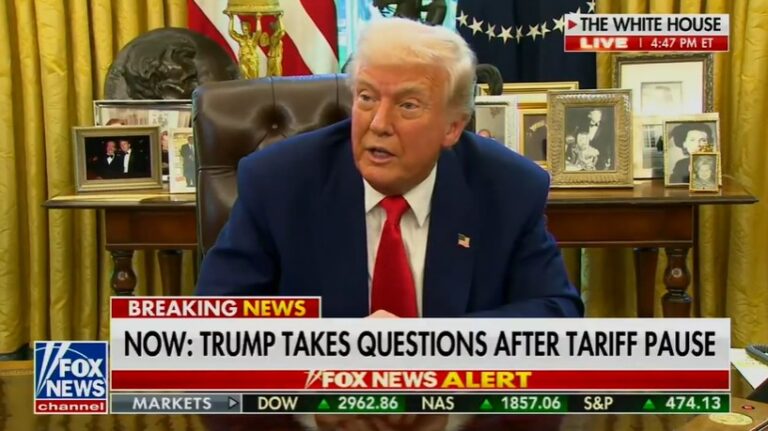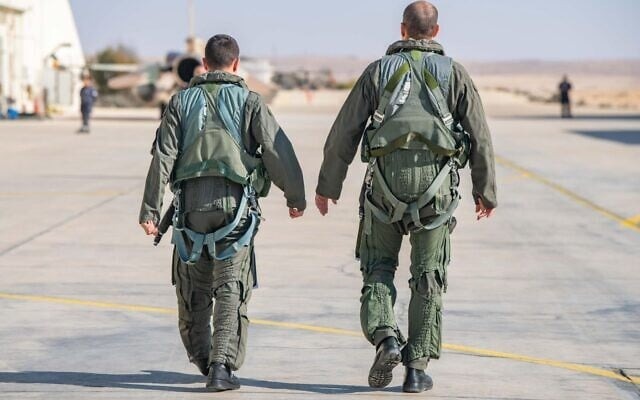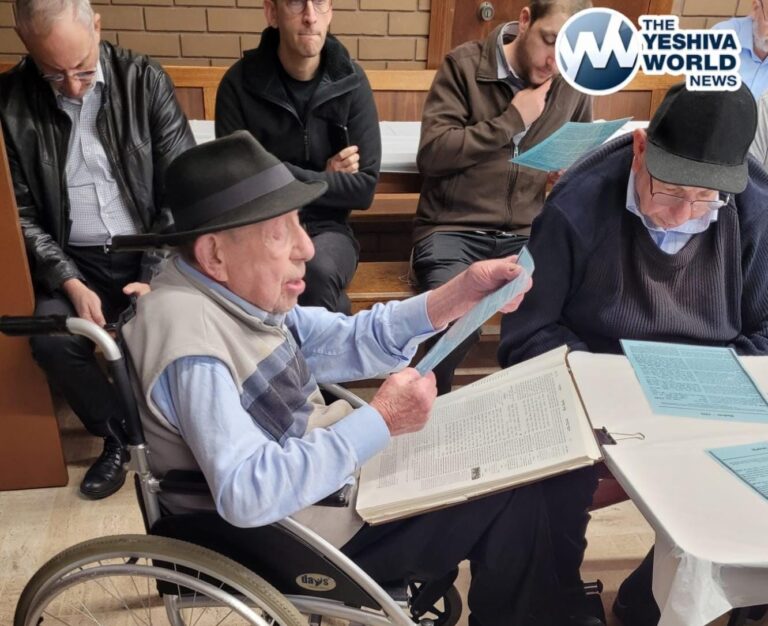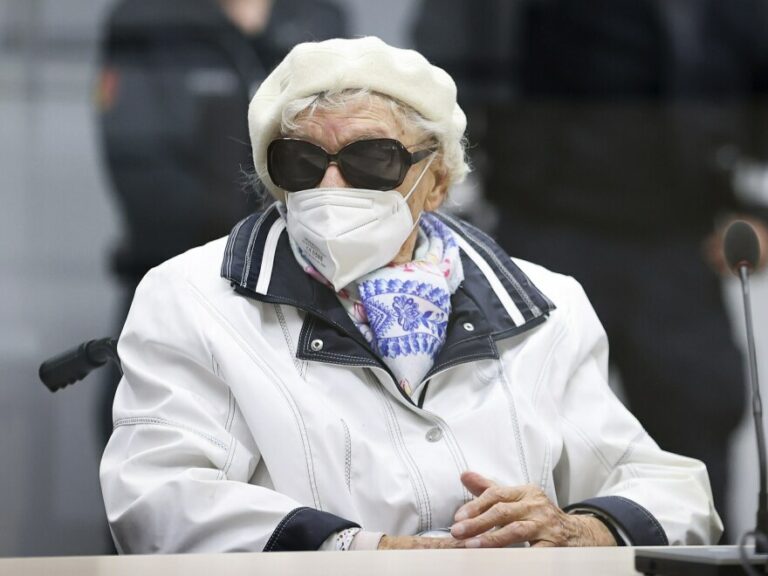In a vast and elaborate complex on the edge of the North Korean capital, they sit frozen in time: two luxurious train carriages designed specifically for two supreme leaders — father and son, the predecessors of the man who is now in the middle of his own unusual railway diplomacy in Russia.
When it comes to North Korea’s dynastic dictators, the tradition of train travel — and, some have said, the insistence upon it — extends across the generations. That’s in evidence at the massive Kumsusan Palace of the Sun, where reconstructions of Kim Jong Un’s father’s and grandfather’s train cars — and, not incidentally, the leaders’ preserved and displayed remains — are enshrined.
The prominent place that the elder two Kims’ highly secure train cars occupy in the shrine to their leadership hints at the central role of train travel among North Korean leaders, who have used trains for travel domestically and sometimes abroad since the early days of the state.
North Korea was established when the Korean peninsula was split after a 1950-53 war.
Outsiders rarely see this sliver of North Korea — the tomb of the nation’s founder, Kim Il Sung, and his son Kim Jong Il, who ruled from 1948 to 1994 and from 1994 to 2011 respectively. Those who do visit must approach using an elaborate, tightly controlled network of moving walkways that traverse hallways containing hundreds of in-action photos of the two late leaders.
Photographs aren’t allowed. Speaking is barely allowed. The place is kept at about 60 degrees Fahrenheit, presumably because of the presence of the two leaders’ remains. Two large, dimly lit and decidedly chilly chambers contain the bodies of the elder two Kims. Visitors must pass through a security portal that blasts them with dozens of tiny gusts of air to ensure that dust isn’t carried into the inner sanctum.
Visitors are first taken to see the bodies, each in a translucent sarcophagus, then are ushered into nearby rooms containing the railway cars. The Associated Press was permitted multiple visits during the mid-2010s, and details from two of those visits are reconstructed here from memory.
During those visits, “Dear Leader” Kim Jong Il’s green train car — sealed in glass and viewed from a walkway — featured the trappings of a well-appointed but suddenly abandoned home office. There was a comfortable couch, an early MacBook (or possibly a MacBook knockoff; you couldn’t get close enough to be certain) and some documents left meticulously “strewn” about. A ceramic mug, presumably implying the presence of tea, sat alongside. It felt as if he might be right back to finish some paperwork; according to official North Korean accounts, he died in his train car.
The train car used by his father, North Korea founder and “Great Leader” Kim Il Sung, felt more like a period piece and contained items that harked back to the 1960s and 1970s. Though anchored by an enormous desk, it was somewhat more spare than his son’s — perhaps an illustration of the fact that he was originally a revolutionary, and part of his founding myth was as a fighter who endured under austere conditions.
Nearby, elaborate maps with little pinpoint lights depicted different destinations and stops, both within North Korea and outside it. Both Kim Il Sung and Kim Jong Il traveled frequently by train — the latter reportedly because he was afraid of flying.
Taken together, the carriages and maps show the deep connection that the two elder Kims had with rail travel — and help explain why, whether it be for security, comfort or personal preference, Kim Jong Un follows the path of his predecessors.
On one of those visits to the mausoleum and shrine in the mid-2010s, a North Korean accompanying visiting AP journalists to the Kim mausoleum and train car displays at Kumsusan broke the silence with a whisper. “They will be here forever,” he said emphatically. He was talking not about the remains, but the railway cars. The point, though, was exactly the same.
(AP)

